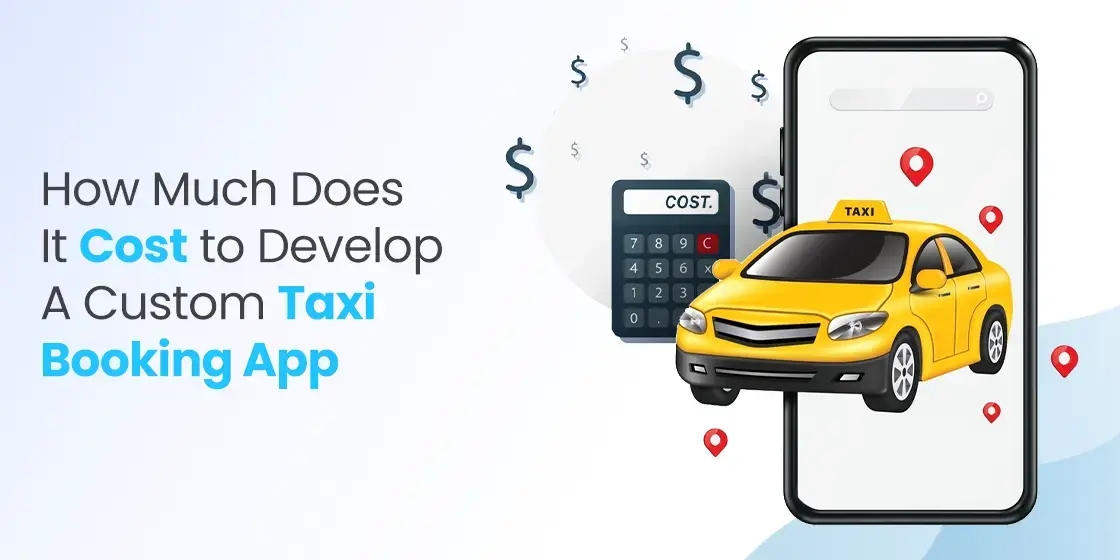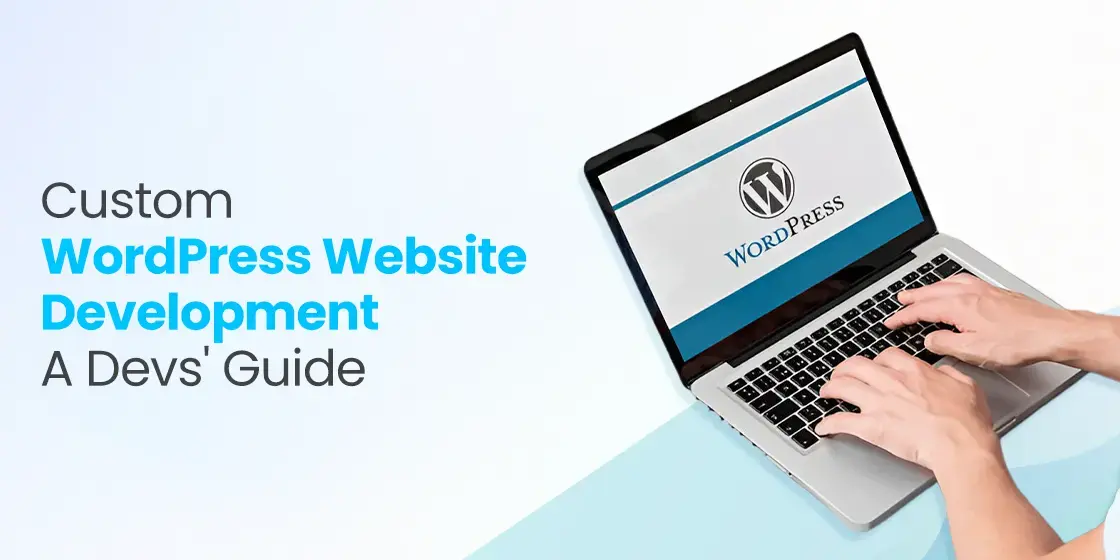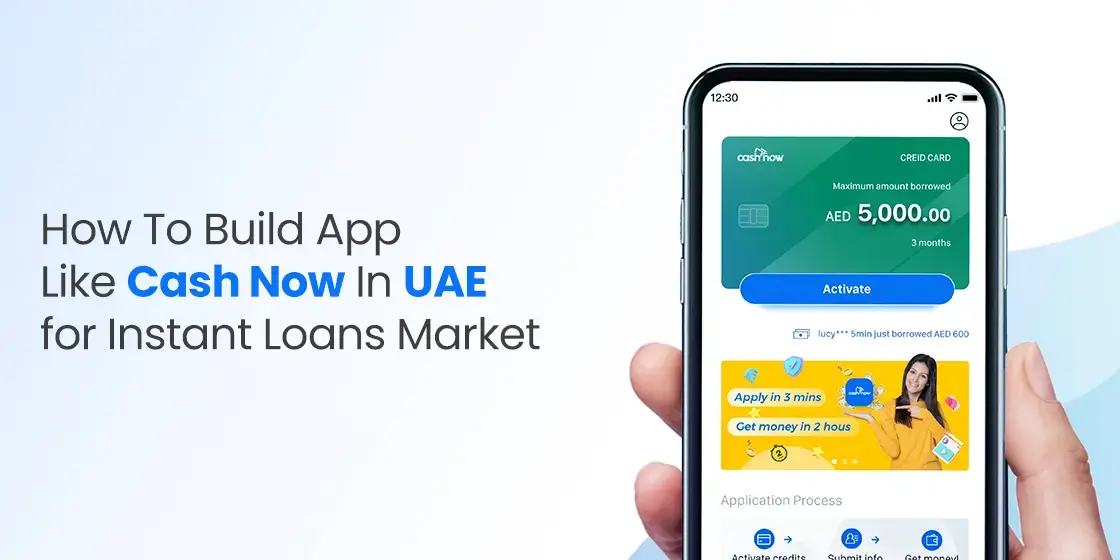Table of Content
Discover What Custom Taxi Booking App Development Costs to Expect in 2025
The rise of ride-hailing apps like Uber and Lyft has revolutionized the transportation industry. The convenience, efficiency, and affordability offered by these apps have made them indispensable for millions of people worldwide. If you’re considering building your own custom taxi booking app, it’s crucial to understand the factors that influence the development cost and to make informed decisions.
Several factors, such as the app’s complexity, the platform it’s built for (iOS, Android, or both), the features it offers, and the development team’s expertise, can significantly impact the final cost. Additionally, ongoing maintenance, updates, and marketing expenses should be factored into the overall budget.
In this guide, we’ll dive deeper into the various factors that affect the cost of developing a custom taxi booking app with the help of a professional mobile app development company. We will also discuss the pros and cons of in-house development versus outsourcing, and provide a general cost breakdown to help you predict the expected ballpark cost.
Let’s begin.
Factors Affecting the Custom Taxi Booking App Development Cost – A Detailed Exploration
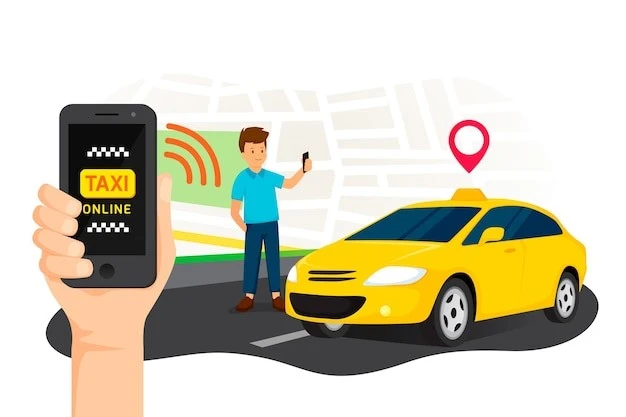
Several key factors influence the cost to develop a custom taxi booking app. By carefully considering these factors, you can estimate the cost of developing your taxi booking app and make informed decisions about your development strategy. Let’s dive deeper into each of these important factors.
App Complexity
The complexity of your app directly impacts the development time and cost. A simple app with basic features like user registration, ride booking, and payment integration will require less development effort and cost compared to a complex app with advanced features.
1- Core Features:
Basic features like user registration, ride booking, payment integration, and driver tracking will incur lower costs.
- User Registration and Login: This involves creating a user interface for registration, login, and profile management.
- Ride Request and Matching: This includes features for users to request rides, and for the app to match them with available drivers.
- Real-time Tracking: This enables users to track the driver’s location and estimated arrival time.
- Payment Integration: Integrating with payment gateways to process payments securely.
- Driver Management: This involves features for driver registration, scheduling, and earnings management.
2- Advanced Features:
Additional features such as real-time tracking, fare estimation, ride history, and in-app messaging can increase development time and cost, but can help you stand out among the best taxi apps in the UAE.
- In-App Messaging: Enabling direct communication between riders and drivers.
- Fare Estimation: Providing estimated fares based on distance and time.
- Ride History and Ratings: Allowing users to view their ride history and rate drivers.
- Ride Sharing: Implementing features for carpooling and ride-sharing.
- Surge Pricing: Dynamically adjusting fares based on demand.
- Integration with Third-Party Services: Integrating with mapping services, social media, and other external services.
3- Customization:
The level of customization required, including unique branding, specific features, and integrations, will impact the overall cost.
Platform
The choice of platform (iOS, Android, or both) affects the development cost and time.
- Native App Development: Developing separate apps for iOS and Android requires more effort and resources, but offers better performance and user experience. Developing for both iOS and Android platforms will double the development time and cost.
- Cross-Platform Development: Using frameworks like React Native or Flutter can reduce development time and cost, but may compromise on performance and user experience.
Development Team
The experience, expertise, and size of the development team will significantly impact the cost.
- In-House Development: Hiring a dedicated development team will incur significant upfront costs, including salaries, benefits, and infrastructure.
- Outsourcing: Outsourcing development to a third-party agency can be more cost-effective, but it’s essential to choose a reputable vendor with a proven track record.
Third-Party Integrations
Integrating with third-party services like payment gateways, mapping APIs, and messaging services can add to the development cost. Cheaper taxi booking apps will often have fewer features than more upscale apps, so plan according to your intended competition.
- Payment Gateways: Integrating with secure payment gateways like Stripe or PayPal involves API integration, security measures, and transaction fees.
- Mapping Services: Using mapping APIs from Google Maps or Mapbox requires licensing fees and integration with the app’s backend.
- Messaging Services: Integrating with messaging services like Twilio or Firebase for SMS and push notifications can incur additional costs.
Security and Compliance
Implementing robust security measures and complying with data privacy regulations is crucial for a successful taxi booking app. Incorporating elements such as data encryption and secure authentication, is crucial, especially if you want your offering to be counted among the top must-have apps in UAE for travelers and locals. Moreover, adhering to data privacy regulations like GDPR and CCPA can require additional development efforts and legal expertise yet are crucial to operate in their operative regions.
- Data Encryption: Protecting user data through encryption techniques.
- Secure Authentication: Implementing strong authentication mechanisms like two-factor authentication.
- Data Privacy Compliance: Adhering to regulations like GDPR and CCPA.
- Payment Security: Ensuring secure payment processing and fraud prevention.
In-House Development Vs. Outsourcing Custom Taxi Booking App Development Cost
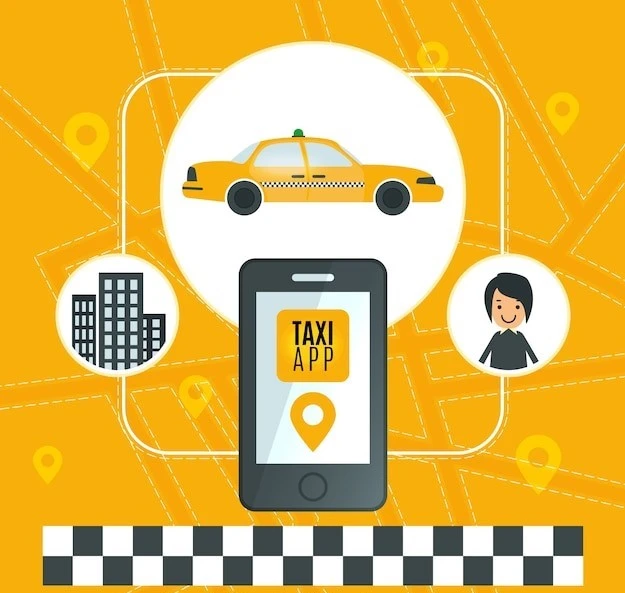
The choice between in-house development and outsourcing can significantly impact the overall cost of your project. Moreover, the decision how to develop your taxi booking is a crucial one that can significantly impact the overall timeline of your project too, which in turn results in costs going up automatically. Ultimately, the best approach for your project will depend on your specific needs, budget, and timeline. Carefully consider the pros and cons of each option and choose the approach that best aligns with your business goals.
Let’s explore them for of each approach.
In-House Development
Pros: Greater control over the development process, intellectual property rights, and potential for long-term cost savings.
- Complete Control: You have full control over the development process, from design to deployment.
- Intellectual Property: You retain full ownership of the app’s source code and intellectual property.
- Long-Term Cost Savings: In the long run, an in-house team can be more cost-effective, especially for ongoing maintenance and updates.
- Stronger Team Cohesion: A dedicated in-house team can foster stronger collaboration and better understanding of the project.
Cons: Higher upfront costs, significant time investment, and the need to hire and manage a development team.
- Higher Upfront Costs: Hiring and training a development team can be expensive, especially for experienced developers.
- Longer Development Time: Building an app from scratch can take significant time, especially if you’re starting from scratch.
- Specialized Skills: You may need to hire experts in various fields, such as mobile app development, backend development, and UI/UX design.
- Overhead Costs: You’ll need to invest in infrastructure, software licenses, and other overhead costs.
Outsourcing
Pros: Lower upfront costs, faster development time, and access to specialized expertise.
- Lower Upfront Costs: Outsourcing can be more cost-effective, especially for smaller projects.
- Faster Development Time: Experienced development teams can deliver the app more quickly.
- Access to Specialized Expertise: You can tap into the expertise of specialized developers and designers, especially if you want to be unique, considering the recent boom of AI innovations in Dubai and across the UAE.
- Reduced Overhead Costs: You don’t need to invest in infrastructure and manage a development team.
Cons: Potential communication challenges, risk of quality issues, and reliance on third-party vendors.
- Communication Challenges: Effective communication with the development team is crucial, especially for complex projects.
- Quality Control: Ensuring the quality of the app may require additional oversight and testing.
- Intellectual Property Concerns: You need to have clear contracts and agreements to protect your intellectual property.
- Dependency on Third-Party Vendors: You’ll be reliant on the third-party vendor for maintenance and support.
A General Breakdown of Custom Taxi App Development Cost for 2025 – What to Expect?
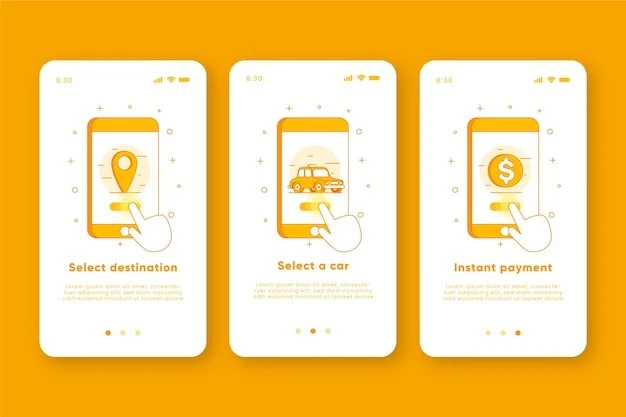
It’s challenging to provide a precise estimate for the cost of developing a custom taxi booking app, as it depends on various factors. However, a general breakdown might look like this:
- App Design and UI/UX: $10,000 – $30,000
- Backend Development: $30,000 – $100,000
- Frontend Development: $20,000 – $80,000
- Testing and Quality Assurance: $10,000 – $30,000
- Deployment and Maintenance: $5,000 – $15,000
- Third-Party Integrations: $5,000 – $20,000 per integration
- Security and Compliance: $5,000 – $20,000
Total: $80,000 – $300,000
Remember, this is a rough estimate, and the actual cost may vary depending on the specific requirements and complexity of your project. For example, developing the app for iOS may be far more costlier than similar android app development cost. It’s crucial to conduct thorough market research, create detailed project plans, and work with experienced developers to ensure the success of your taxi booking app.
Conclusion
Developing a custom taxi booking app can be a complex and costly endeavor. However, with careful planning, strategic decision-making, and a focus on user experience and security, it can be a rewarding venture.
When determining custom taxi booking app development cost, consider factors such as app complexity, platform choice, development team, third-party integrations, and security measures. By understanding these factors and making informed decisions, you can allocate your budget effectively. Whether you choose in-house development or outsourcing, it’s crucial to select a skilled and experienced team to ensure the success of your project. By prioritizing user experience, security, and scalability, you can create a competitive and profitable taxi booking app.

Empower your digital journey with StruqtIO - Your dedicated partner for cutting-edge custom software development, innovation, and digital transformative solutions. Harness the power of technology to elevate your business and redefine your digital landscape today.
